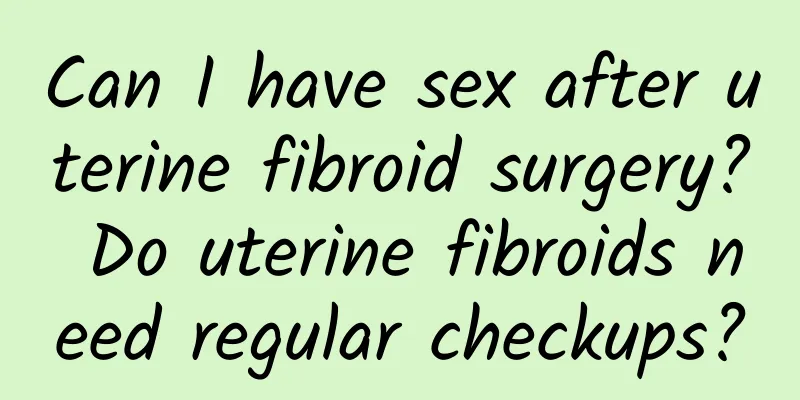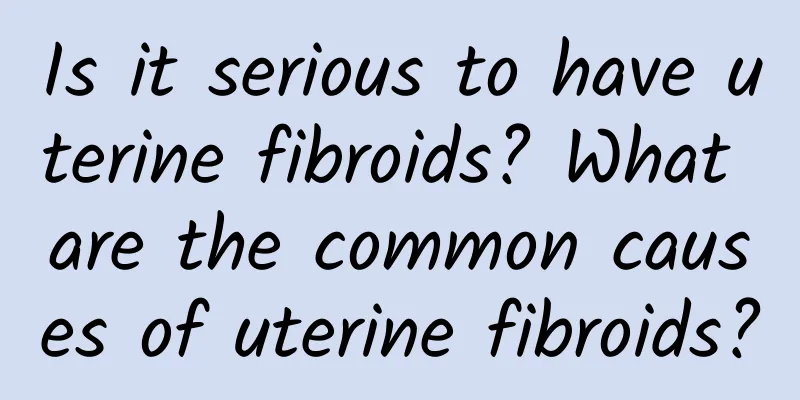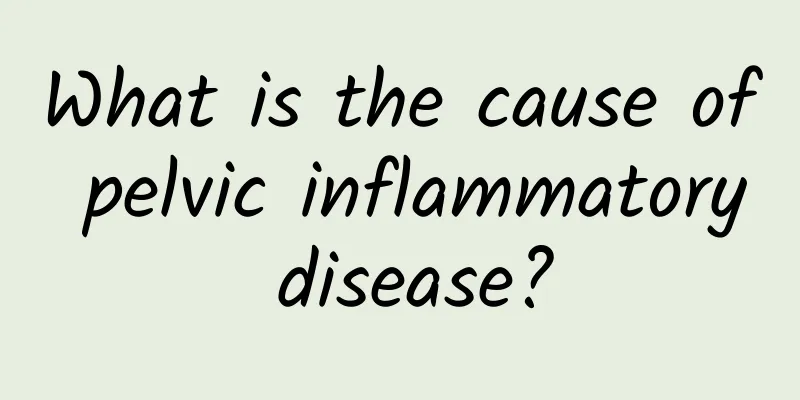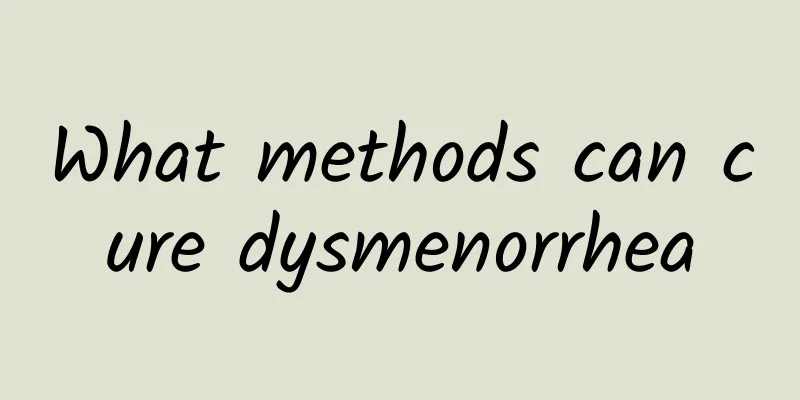Can I have sex after uterine fibroid surgery? Do uterine fibroids need regular checkups?

|
Uterine fibroids are also called uterine leiomyoma. Uterine fibroids are the most common benign tumors in the female reproductive organs. So how long can you share the same room after uterine fibroid surgery? Uterine fibroid patients are prohibited from sharing rooms within one month after surgery. In addition, they should also go to the hospital for regular checkups. Uterine fibroids are known as the "first gynecological tumor" and their harm to women cannot be ignored. Clinically common infertility and ectopic pregnancy are also related to this disease. The symptoms of women after the disease are as follows 1. Anemia: Patients with uterine fibroids who have heavy menstrual flow for a long time are prone to secondary anemia and even anemic heart disease. In severe cases, they may suffer from symptoms such as general fatigue, pale complexion, shortness of breath, and palpitations. 2. Impact on fertility: The most important harm of this disease is that it affects fertility. The reason is that the uterine horn fibroids compress the entrance of the fallopian tube, causing the uterus to deform and hinder the implantation of the fertilized egg. In addition, fibroid patients are often accompanied by ovarian dysfunction, leading to infertility. In addition, the spontaneous abortion rate of patients with uterine fibroids is 25% higher than that of normal people. 3. Concurrent gynecological inflammation: Patients with uterine fibroids will experience symptoms of menstrual changes, such as increased menstrual volume, prolonged menstrual period, etc. Irregular bleeding can lead to bacterial invasion and cause gynecological inflammations such as adnexitis and pelvic inflammatory disease. 4. Twist: Subserosal fibroids can twist at the pedicle, causing acute abdominal pain. If the tumor pedicle is severely twisted, if surgery is not performed immediately or it cannot be turned back on its own, a free fibroid may form due to the twisting of the tumor pedicle. The twisted fibroid can also drive the entire uterus, causing a twisted uterine axis. 5. Uterine fibroids combined with uterine body cancer: Uterine fibroids combined with uterine body cancer account for 2%, which is much higher than cervical cancer. Therefore, menopausal patients with uterine fibroids who have persistent uterine bleeding should be alert to the presence of endometrial cancer. Diagnosis and scraping should be performed before confirming treatment. At present, the treatment of uterine fibroids is generally surgical treatment. Sexual intercourse is strictly prohibited within one month after surgery to avoid infection. In addition, regular follow-up visits to the hospital should be made 2-3 months after surgery. |
<<: How to care for uterine fibroids How to care for uterine fibroids
Recommend
How to treat endometriosis?
Patients with endometriosis should pay attention ...
What are the symptoms of polycystic ovaries?
The most difficult problem to treat among many fe...
How to self-examine for patients with uterine fibroids
Uterine fibroids, also known as uterine leiomyoma...
Pay attention to the early symptoms of ovarian cysts
Once the symptoms of ovarian cysts appear, they m...
Is obesity contagious? ! Famous weight loss doctor: It turns out that this virus is the culprit
Is obesity contagious? Obesity is one of the mode...
How to judge irregular menstruation? What are the 5 criteria for judging irregular menstruation?
Many female friends do not have a correct underst...
The root cause of the recurrence of endometrial thickening
Every woman dreams of becoming a mother, but thic...
What are the symptoms of threatened miscarriage?
The main symptoms of threatened miscarriage inclu...
What are the symptoms of menopause? Women should know this
When women reach menopause, they will experience ...
What are the types of ovarian cysts?
What are the types of ovarian cysts? Serous epith...
What should I pay attention to when I have cervicitis?
What should patients with cervicitis pay attentio...
Four major hazards of amenorrhea in women
Many people don’t know much about amenorrhea. Ame...
Slow muscle training method does not turn muscles into fat
I never gained weight when I was a student, but a...
Break the weight loss plateau! You must eat these 3 types of high-quality protein to promote metabolism
Most people who lose weight by dieting easily reb...
Female infertility is caused by uterine fibroids
Uterine fibroids are the most common benign tumor...









